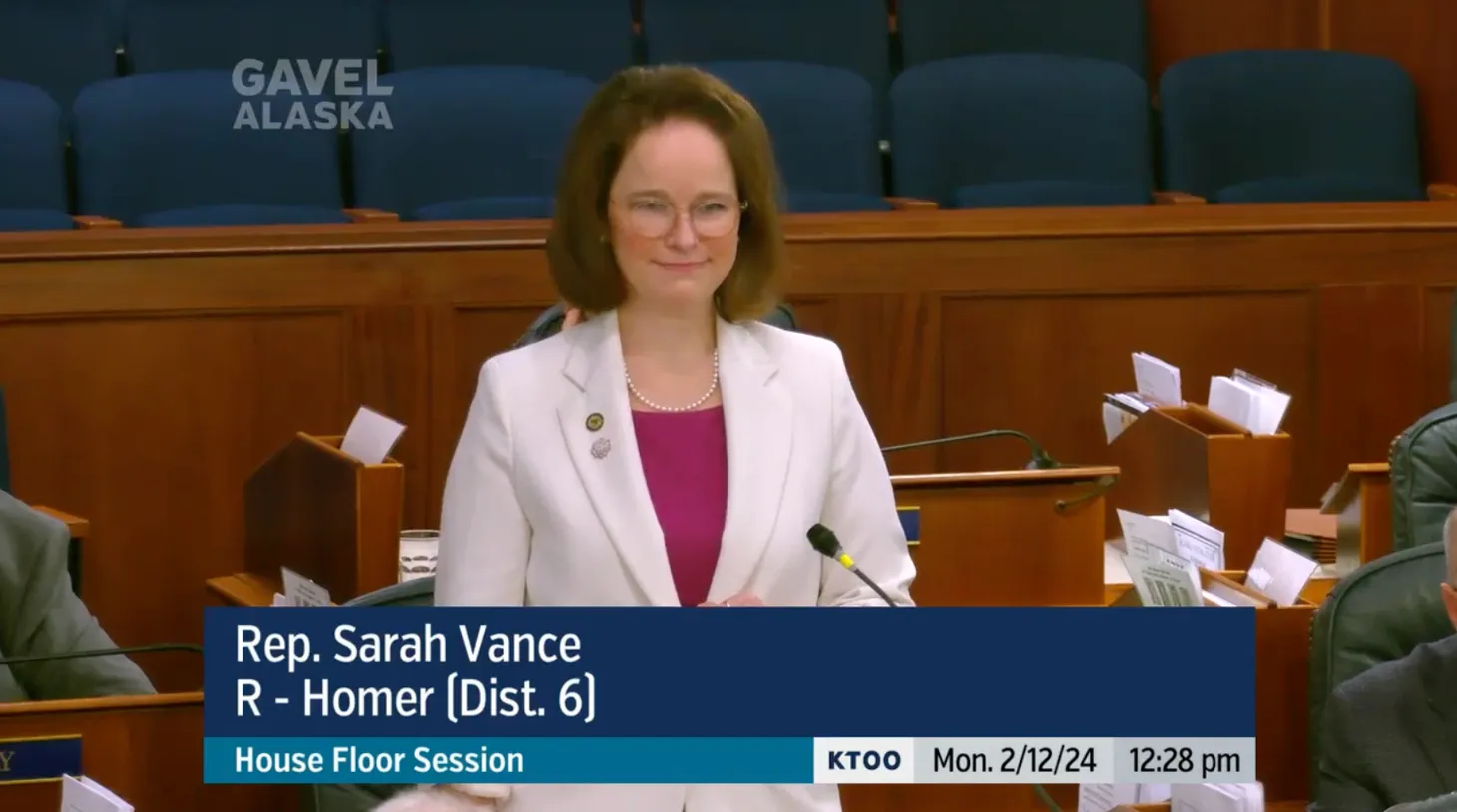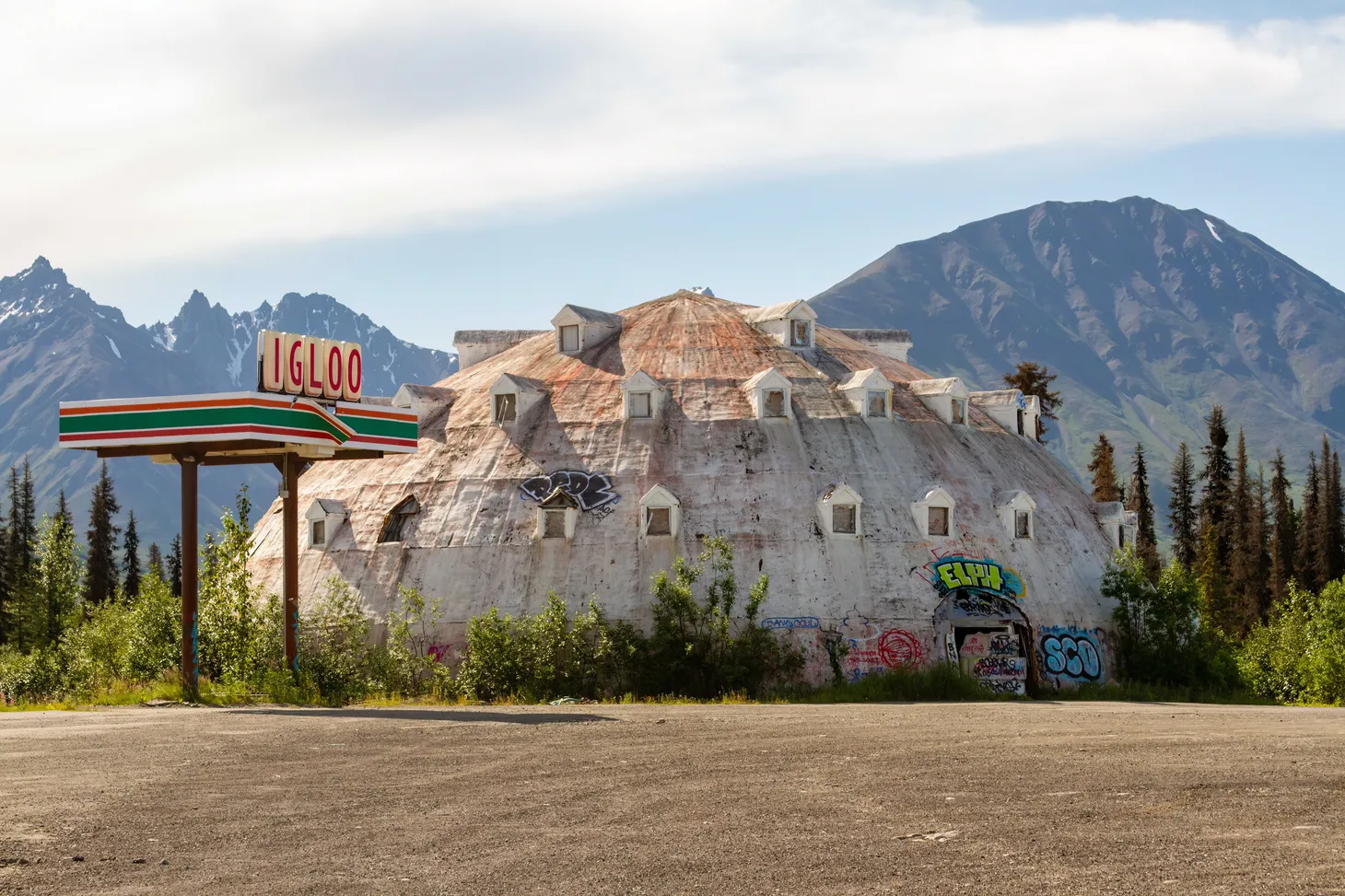Trump's mass firings will bring 'a whole lot of hurt' to Alaska
The continued fallout of Trump's mass firings has many worrying about fires and tourism this summer.
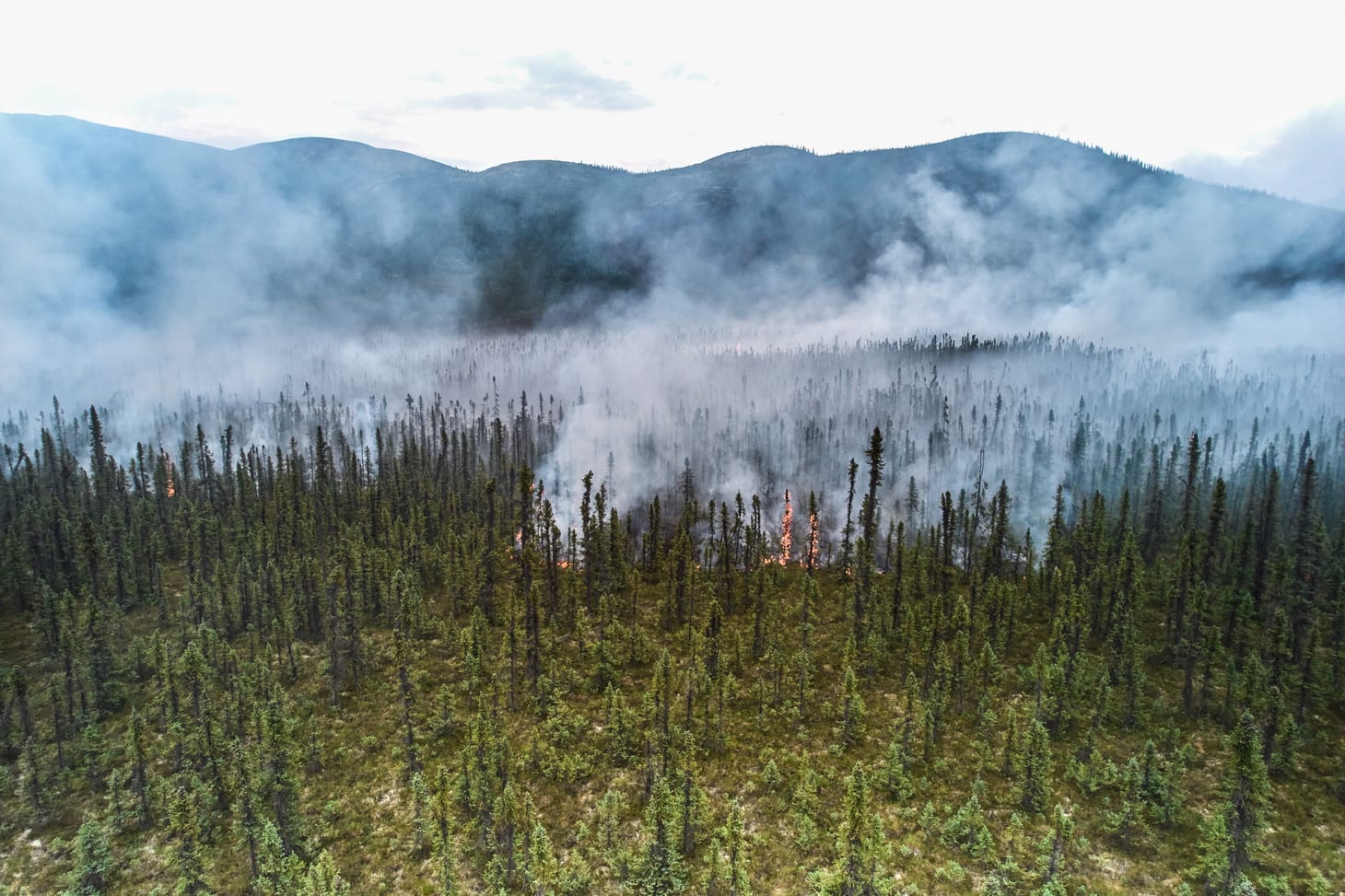
Good morning, Alaska. It's Tuesday.
In this edition: There's still very little clarity on the scope and impact of Trump's mass firing of probationary employees, in large part because it looks like they're still ongoing as the administration takes the hatchet to the federal government, but Alaskans turned out in force on Monday to show their support for federal employees and to speak out against the president. Meanwhile, in the Legislature, there's a ton of skepticism for the Dunleavy administration's renewed push on a natural gas pipeline, which officials said on Monday has progressed because of the president's "transactional" trade policy of threatening other countries to invest in American projects. Also, legislators got a look at where Alaska stacks up in per-student spending when you factor in Alaska's cost of living (spoller: it's not great).
Current mood: 🙃
Programming note: I'll be on the road for a couple of days to see my alma mater at a softball tournament, so blow-by-blow updates will be slower. That said, I'm hoping I can finish a project I've been working on for a while about Dunleavy's pursuit of a two-tier education system and get it in your inboxes.
Trump's mass firings will bring 'a whole lot of hurt' to Alaska
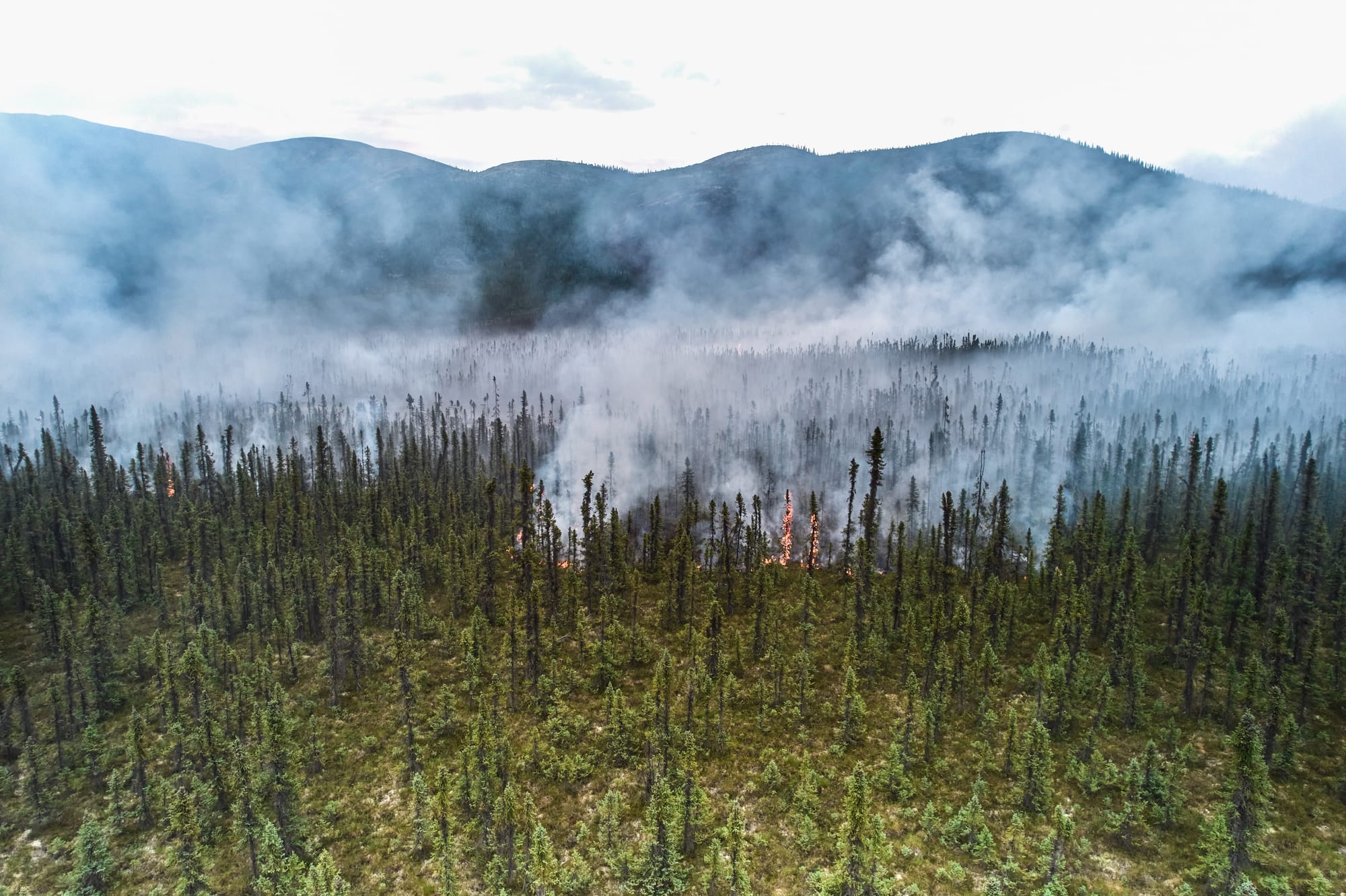
President Donald Trump's mass firings continued over the weekend, including the jettisoning of hundreds of employees at the Federal Aviation Administration at a time when flying already feels less than safe. Its impact on Alaska, like most things, is uncertain but probably bad given the state's high number of federal employees, adding to the Alaska U.S. Sen. Lisa Murkowski's ballpark estimate of "potentially over 100 in total" already fired at the National Park Service, U.S. Forest Service, U.S. Fish and Wildlife Service and other agencies.
"Many of these abrupt terminations will do more harm than good, stunting opportunities in Alaska and leaving holes in our communities," Murkowski said in a prepared statement on Friday, highlighting the impacts' negative impacts on everything from resource development and wildfire preparedness to tourism.
In a year with low snowfall, the concerns about the impact on wildfire fighting are particularly acute. One source wrote to me about their concerns with wildfire readiness, warning that the firings and freezes will make it difficult for federal firefighting efforts to ramp up to meet fires. The National Park Service and the Forest Service both can be sources of labor for fire services, but have been hit particularly hard by the firings. That's also not to mention the state's chronic underfunding of its own firefighting services, which isn't inspiring all that much confidence about the season ahead.
"There's going to be a whole lot of hurt throughout Alaska," the source told me. "Smoke and fire will come for us all. The state's DNR doesn't have enough firefighting resources to handle what's coming by themselves."
The latest round of firings helped fuel national protests against the Trump administration, which took place under the banner of the 50501 movement (50 states, 50 protests, one movement). Demonstrations were held throughout the state, with messages of support for federal workers and opposition to the Trump/Musk administration's treatment of minority groups. The message through the demonstrations was that action and resistance are a must in these times.
“Let today’s protest help to reignite any flame in you that has gone out. Let the collective power of our community hold you up in these troubling and scary times,” said Summer Christiansen, one of the organizers, to a crowd assembled outside of the Alaska Capitol building, according to reporting by the Alaska Beacon.
“Don’t panic, and don’t quit!” said Sen. Jesse Kiehl, D-Juneau, speaking to the crowd, also according to the Beacon. “It’s coming at us shot after shot after shot, and that’s a tactic. It causes confusion, and it causes exhaustion. … That’s why we’re here today: We’re here to call for change. We’re here to call for controls. We’re here to call for people, elected officials, especially at the federal level, to stand up for the United States Constitution.”
More coverage: ADN, ADN, Alaska Beacon, Alaska Public, News-Miner
'My concern is we don't give away the farm.'
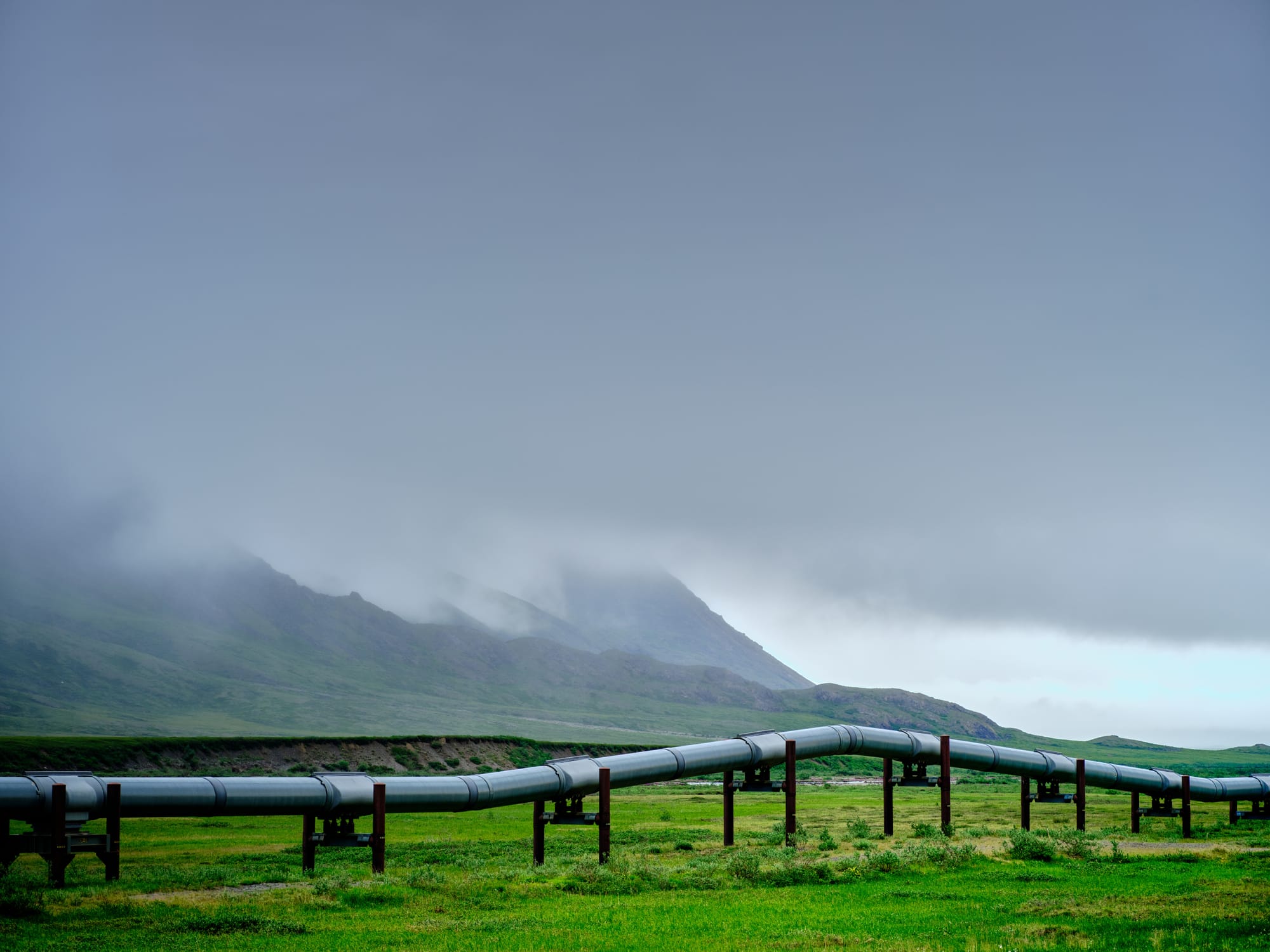
Members of the Senate Finance Committee continue to be skeptical of the Dunleavy administration's claims that a natural gas pipeline project is coming together, particularly that it's coming together in a way that will provide more benefit than risk to Alaskans. The hearing with the Alaska Industrial Development and Export Authority poked and prodded the agency's work on driving a gas line under an agreement with private Glenfarne Group LLC. AIDEA's Randy Ruaro was largely shifty and vague throughout the presentation, refusing to give details on the state's risk exposure, whether Glenfarne or any other group was taking on any risk, how the state would benefit from the project or just about everything else.
"My concern is we don't give away the farm," said Sen. Bert Stedman about the plan for the state to shoulder the financial risk of the preliminary stages of the gas line plan. "We all want a gas line, but we don't want to be taken to the cleaners."
Stedman and others also prodded the cost estimate of about $44 billion for the gas line, noting that it hasn't changed with escalating inflation or taken into account the presient's tariffs on steel, which you need a lot of for a 800-mile pipline.
Throughout much of the presentation, Ruaro stressed that the big X-factor in the state's pursuit of a natural gas pipeline project is the Trump administration. While Trump hasn't committed any federal support for the project, he said that Trump is applying what he called "transactional" trade by essentially threatening other countries to invest in American projects. That'd be the case with Japan, which has apparently committed to ONE TRILLION DOLLARS for investments in the U.S.
"The president has created a transactional situation in international trade where if you don't want tariffs imposed on your country for selling into the United States, or if you want a defense agreement, then you're going to invest in the United States in exchange," Ruaro said. "So it's no longer a free shot at the United States, so to speak."
When Japan's involvement was first announced, Trump claimed that Japan would "soon" be importing Alaska's LNG. But as most with any familiarity with large-scale infrastructure projects in Alaska would tell you, there's no such thing as "soon" with projects still on the drawing table. Estimates put the first gas export in 2031, and that's under a best-case, wind-to-your-back scenario. (See also, the lofty claims Trump-fueled oil development is the cure-all for the state's budget woes.)
Ruaro was not particularly forthcoming with any of the plan's specifics or the potential risk the state could be on the hook for. The initial proposal had AGDC writing a $50 million check to backstop the plan's first most tricky phase, though he said they're backtracking on that plan for some alternative. Details of the share of the risk and the share of the benefits were unclear, and Ruaro said an NDA barred him from discussing the negotiations over the benefit to the state.
That didn't sit well with legislators, who have lived through more than one pie-in-the-sky promise that a gas line was around the corner. It should be noted that former Gov. Bill Walker hashed out agreements with Japan on a gas line, and former Gov. Sean Parnell also courted them as investors.
"I would submit that Alaskans, who tend to be a little bit skeptical of this level of risk, start to get downright freaked out if it's a secret deal," Sen. Jesse Kiehl said.
Follow the thread: Senate Finance hearing with AIDEA
Education funding is falling behind

If you've listened to conservative opposition to education funding, you'll know the common refrain: Alaska spends among the top in the nation and gets terrible results for it! But, as with most things conservatives say about education, it ignores the nuance (that stuff in Alaska costs more to significantly more than the Lower 48) in service of a predetermined political outcome (keep schools starving of resources, so it's easier to privatize and non-secularize education).
The Senate Education Committee got a pretty good look at the situation on Monday with a hearing with Dayna Jean DeFeo, the director of Center for Alaska Education Research at the Institute of Social and Economic Research. To put it simply, sure, Alaska is high in the nominal dollars spent per student in Alaska, but that advantage disappears the moment you factor in the cost of living in Alaska.
We go from 29% over the national average in nominal dollars to about 15% below the national average when you factor in the cost of Alaska.

The same goes for teacher salaries, which Defeo said are about 25% below the national average, a difference of more than $16,000 compared to the average Lower 48 buying power.
The trends also show that Alaska has continued to fall behind throughout Dunleavy's time in office, going from nearly at the national average to well below.
The usefulness of the funding metric, however, is limited, Defeo warned. The research only tells you how Alaska stacks up to the country, but not what is actually needed to have a successful education system in Alaska. What she stressed to keep in mind is that Alaska's educational system clearly has different needs and challenges than states in the Lower 48. Florida, she noted, may spend a lot less per student, but it also has the advantage of dense populations that lead to economies of scale.
Follow the thread: Senate education on per-student funding
Stay tuned.
The Alaska Memo Newsletter
Join the newsletter to receive the latest updates in your inbox.


